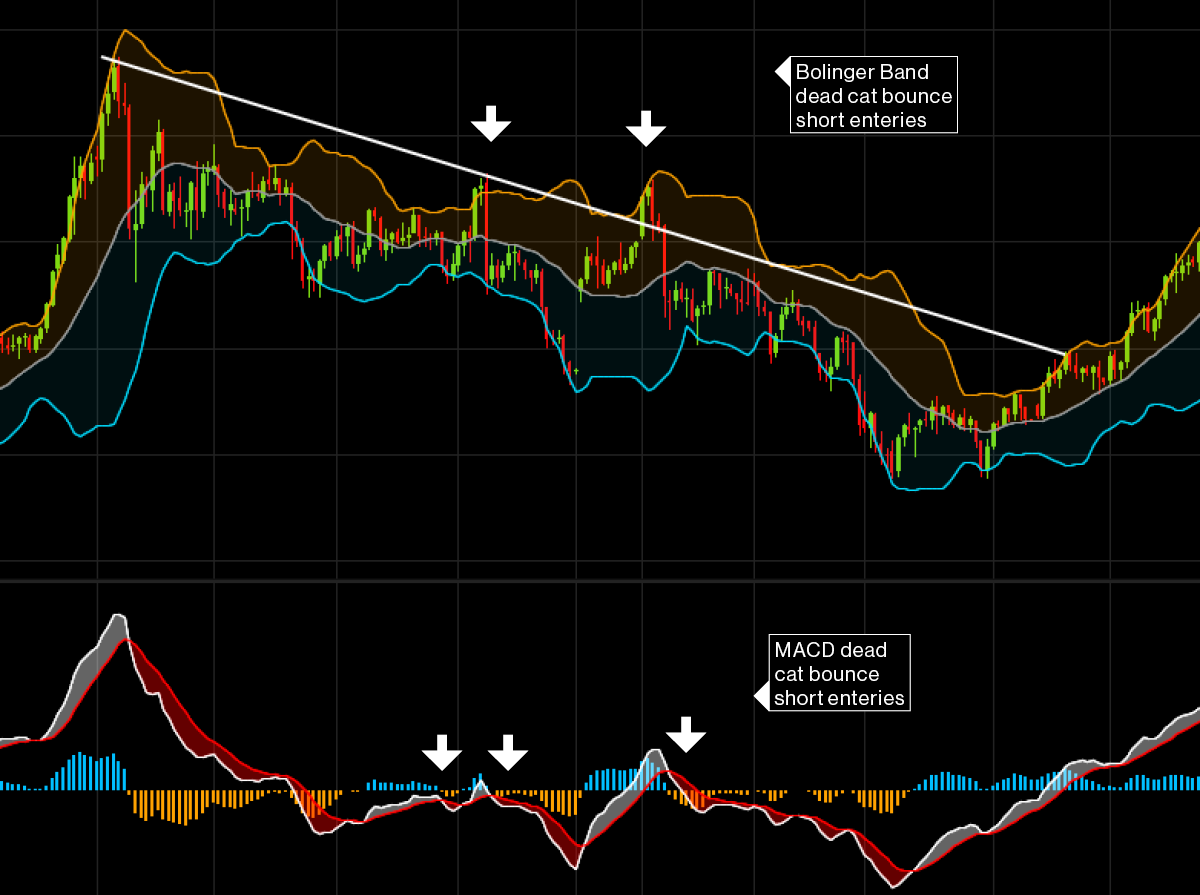What is a dead cat bounce and how do you identify it?
A dead cat bounce is a popular term that describes a common charting pattern involving a short-lived rally in a down-trending asset. It’s an important chart pattern that all traders and investors should know, as it frequently occurs when an asset’s price is falling. Discover what the pattern looks like, how long it lasts and how to trade it, including dead cat bounce strategies.























